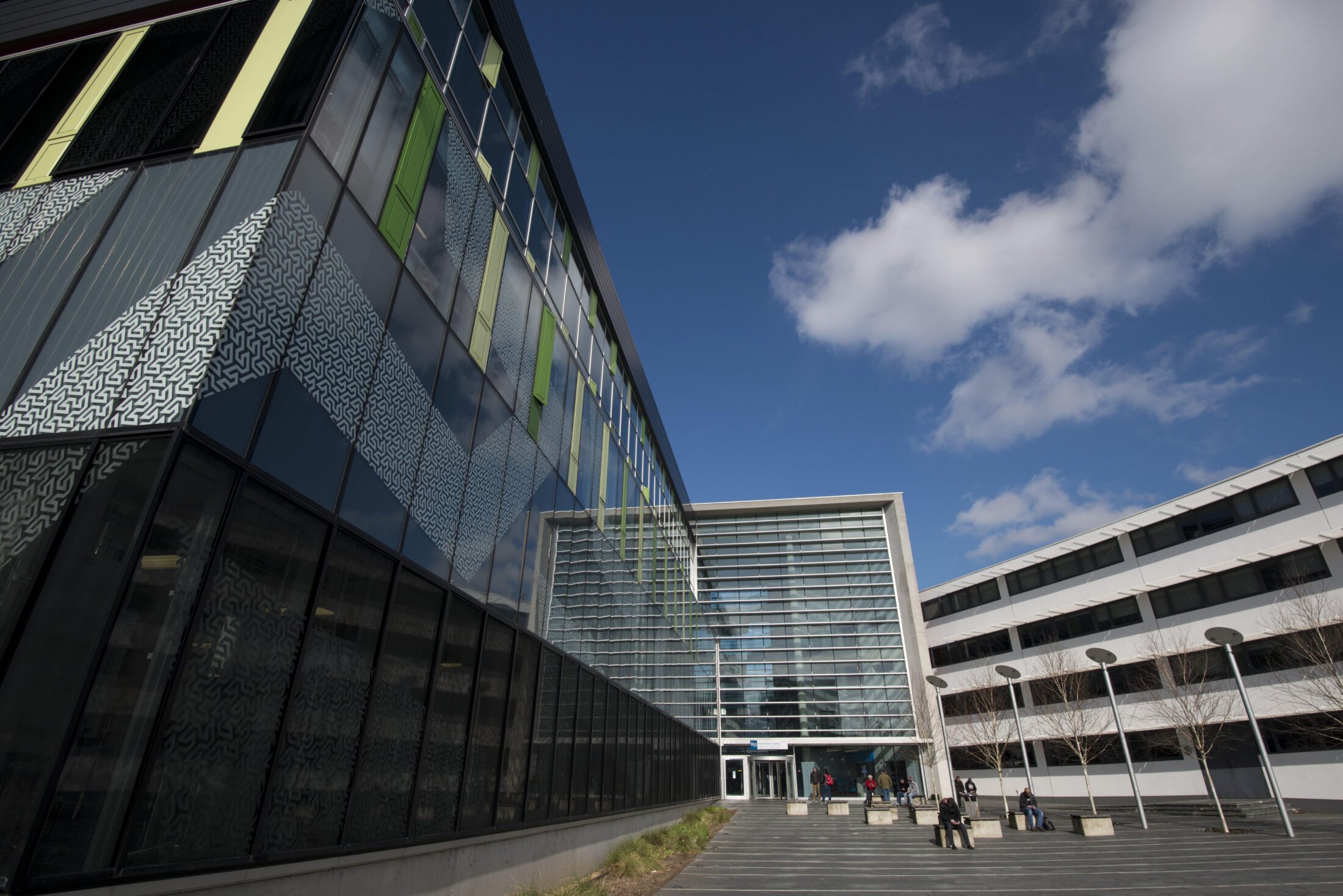
Our research into Automation and Robotics develops novel technologies for embodied, autonomous systems deployed in complex, dynamic and uncertain environments. It brings together research from machine learning, Artificial Intelligence (AI), computer vision, sensing and systems engineering. It is an area that will see significant research investment for the foreseeable future in applications including autonomous vehicles, swarm robotics, and collaborative robots. Together with AI, Robotics is identified as a growth area for the Engineering and Physical Sciences Research Council (EPSRC).

Electronics and Computer Science (ECS) at Southampton brings together world-leading research groups in one place, providing a rich and exciting environment for both hardware and software-based research. It is home to a range of Augmented Reality (AR) research networks and programmes. ECS has led the way by creating cross-faculty virtual centres such as the Centre for Machine Intelligence, the Centre for Internet of Things and Pervasive Systems, and the Centre for Healthcare Technologies (link to sub-pages), that help bring together a range of disciplines to collaborate and share their perspectives on AR.

These Centres have led to significant grant awards and partnerships with industry, including BAE Systems, Arm, Dstl, and Thales among many others. ECS is has also received significant awards to run the £11.7m UKRI Trustworthy Autonomous Systems Hub (link to sub-page) and the £3m MINDS Centre for Doctoral Training. These research programmes have positioned ECS as a world-leading AR department that will bring together over 60 researchers and academics in this area. The school offers a range of facilities to carry out research in AR, including a design space with a 3D printer, university grounds for test flights with unmanned aerial vehicles, and desk space for over 150 researchers.

Our research in swarm robotics focuses on developing algorithms for the swarm to operate resiliently in uncontrolled, unpredictable environments, enabling long-term autonomy for real-world application such as in precision forestry and agriculture. Our research on robot audition focuses on acoustic scene understanding in complex, dynamic environments (i.e., the so-called ‘cocktail party scenario’). Applications of our research range from intuitive human-machine interaction to assistive hearing technologies and human-robot augmentation.
Our scientists have access to a variety of assets and equipment that advance our research in robotics, including a TIAGo collaborative robot, a swarm of miniature robots augmented with Raspberry PI modules, and a MiRo-E robot for research in human-robot interaction.